Toll Free: (866) 215-0651
Local: (657) 900-2066
Welding Techniques Through the Ages: Tracing the Evolution of Welding
Welding, a craft as old as civilization, has evolved remarkably. From the primitive techniques of early blacksmiths to the cutting-edge automation of modern welding processes, the welding journey is a testament to human ingenuity and innovation. In this educational blog, we'll take a fascinating journey through the history of welding, exploring its origins, technological advancements, and impact on various industries.
Origins of Welding
The origins of welding can be traced back thousands of years to the Bronze Age when early civilizations utilized techniques such as forge welding and brazing to join metals together. Ancient blacksmiths would heat metals to high temperatures and hammer them together to create solid and durable bonds. These early welding methods laid the foundation for today's modern welding techniques.
Technological Advancements
Over the centuries, welding techniques continued to evolve, driven by advancements in metallurgy, engineering, and manufacturing. The invention of the oxy-fuel welding process in the late 19th century revolutionized the industry, allowing for faster and more precise metal joining. Subsequent developments, such as shielded metal arc welding (SMAW), gas metal arc welding (GMAW), and tungsten inert gas welding (TIG), further expanded the capabilities of welding and opened up new possibilities for fabrication and construction.
Impact on Efficiency and Quality
The advent of technological advancements has had a profound impact on the efficiency, quality, and applications of welding. Modern welding processes, such as robotic and laser welding, offer unparalleled precision and repeatability, resulting in higher productivity and superior weld quality. These advancements have also enabled the welding of a broader range of materials, including exotic alloys and composites, making it easy to fabricate complex structures and components.
Interesting Facts and Anecdotes
- The ancient Egyptians were skilled in welding, using a technique known as pressure welding to join pieces of gold together without the need for heat.
- During World War II, welding played a crucial role in shipbuilding, aircraft construction, and weapon manufacturing, helping to support the war effort and propel technological advancements in the field.
- The term "welding" is derived from the Old English word "welding," meaning "to become one," reflecting the fundamental principle of joining metals together to create a single, unified structure.
From its humble beginnings in ancient civilizations to its modern-day applications in aerospace, automotive, and construction industries, welding has come a long way. The evolution of welding techniques has been driven by human curiosity, innovation, and the relentless pursuit of excellence. As we push the boundaries of what is possible, one thing remains sure: welding will continue to shape the world around us, connecting disparate pieces to create something more significant than the sum of its parts.
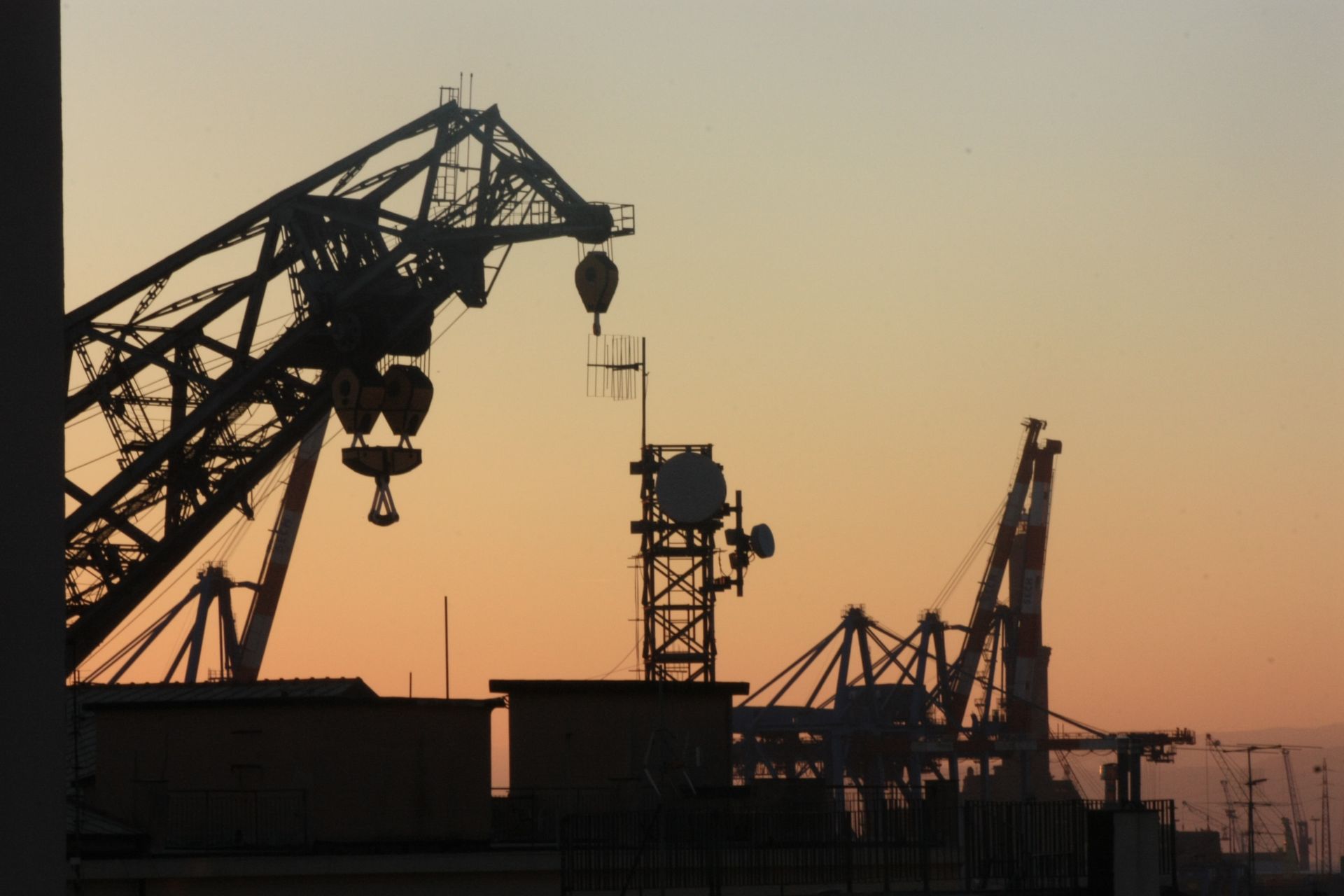


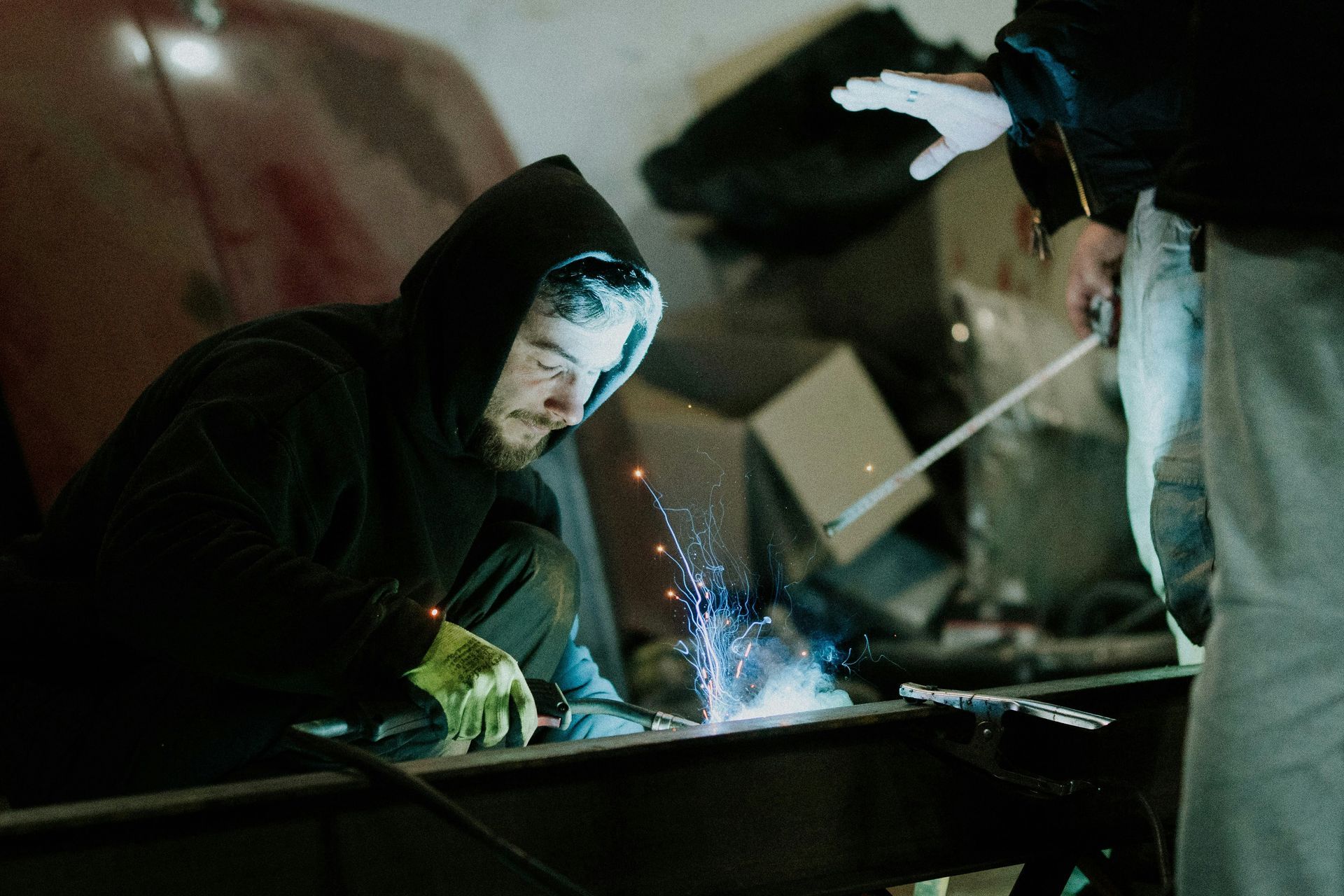
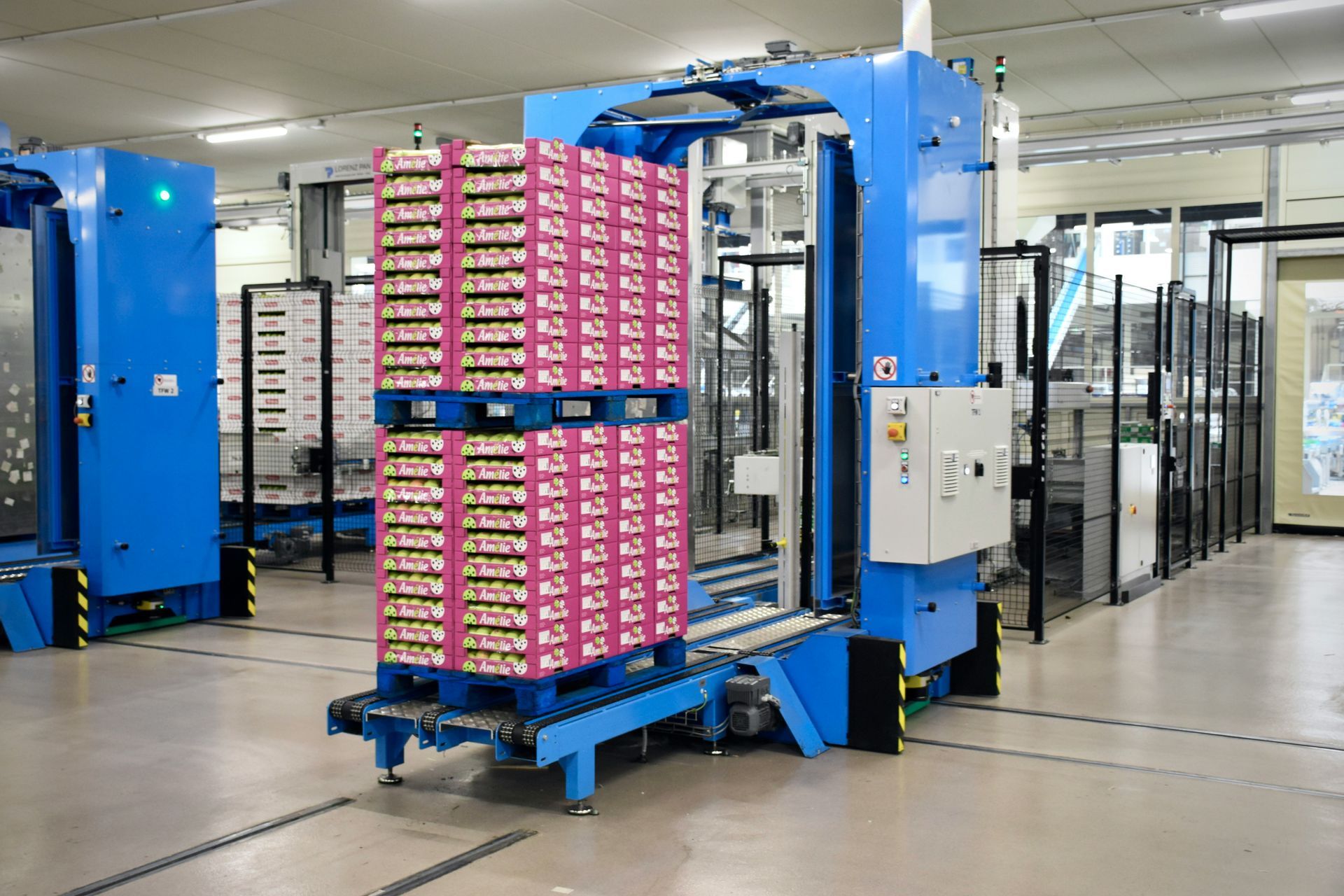
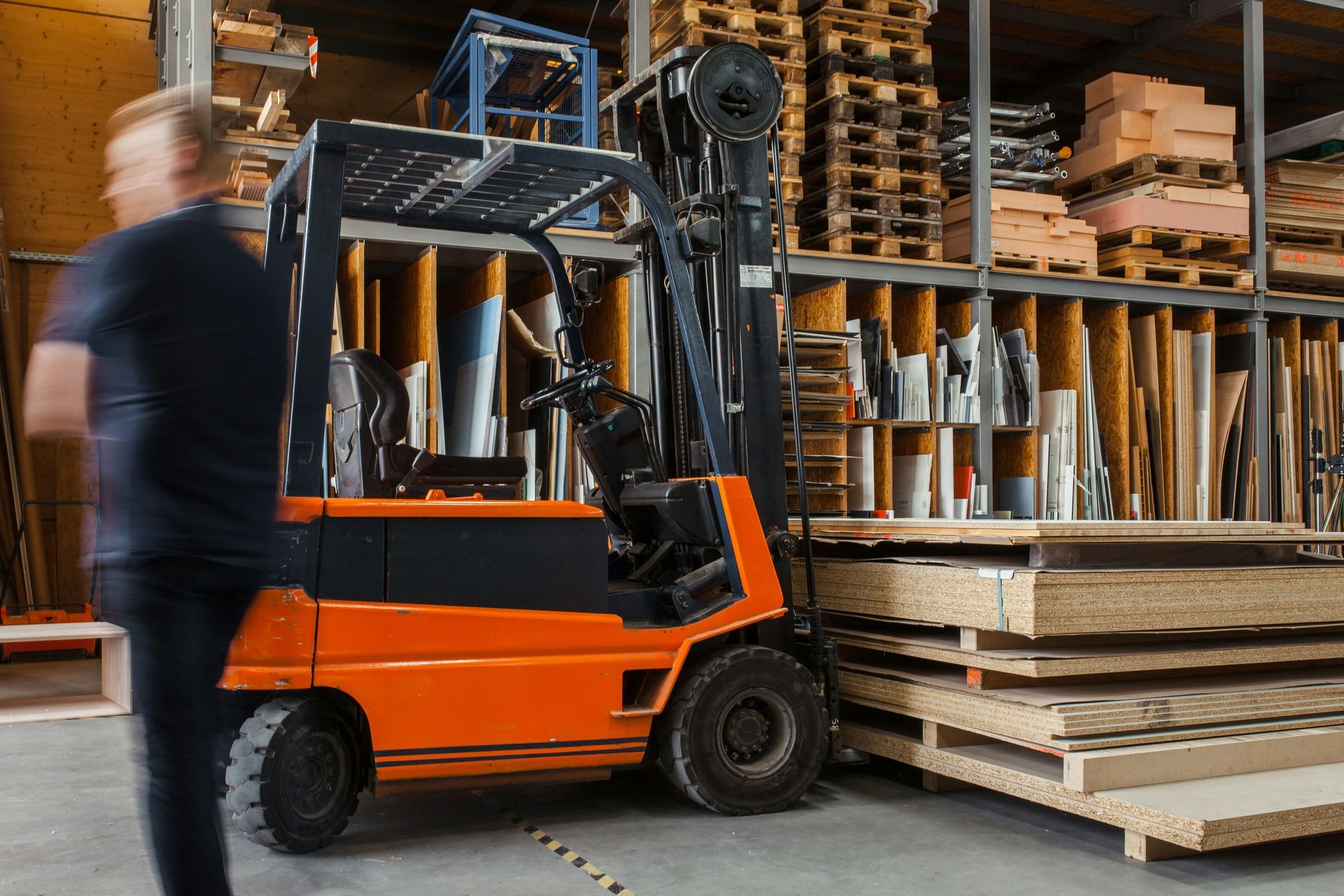
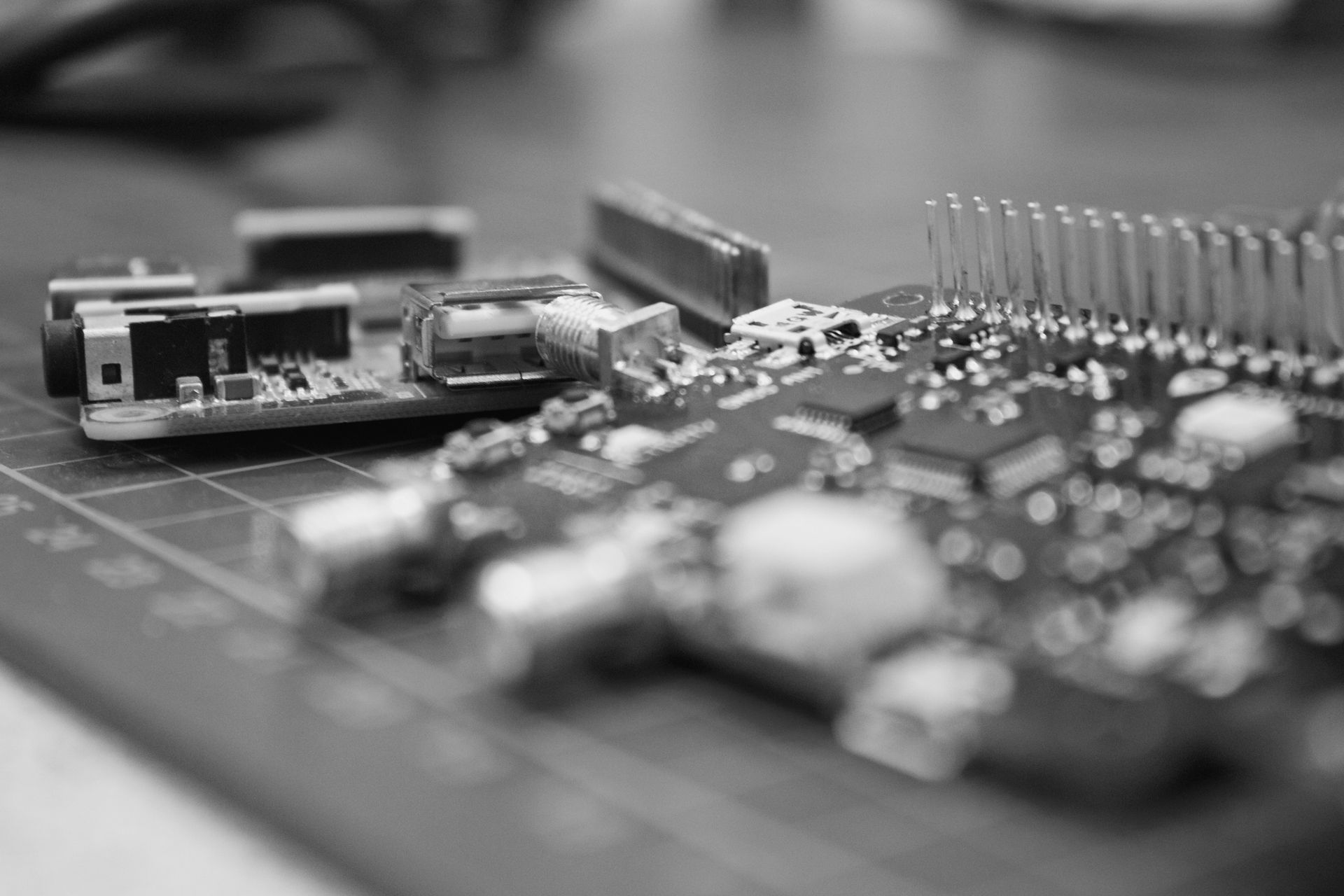
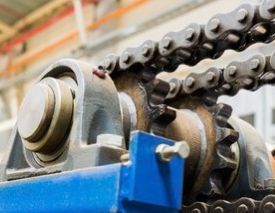
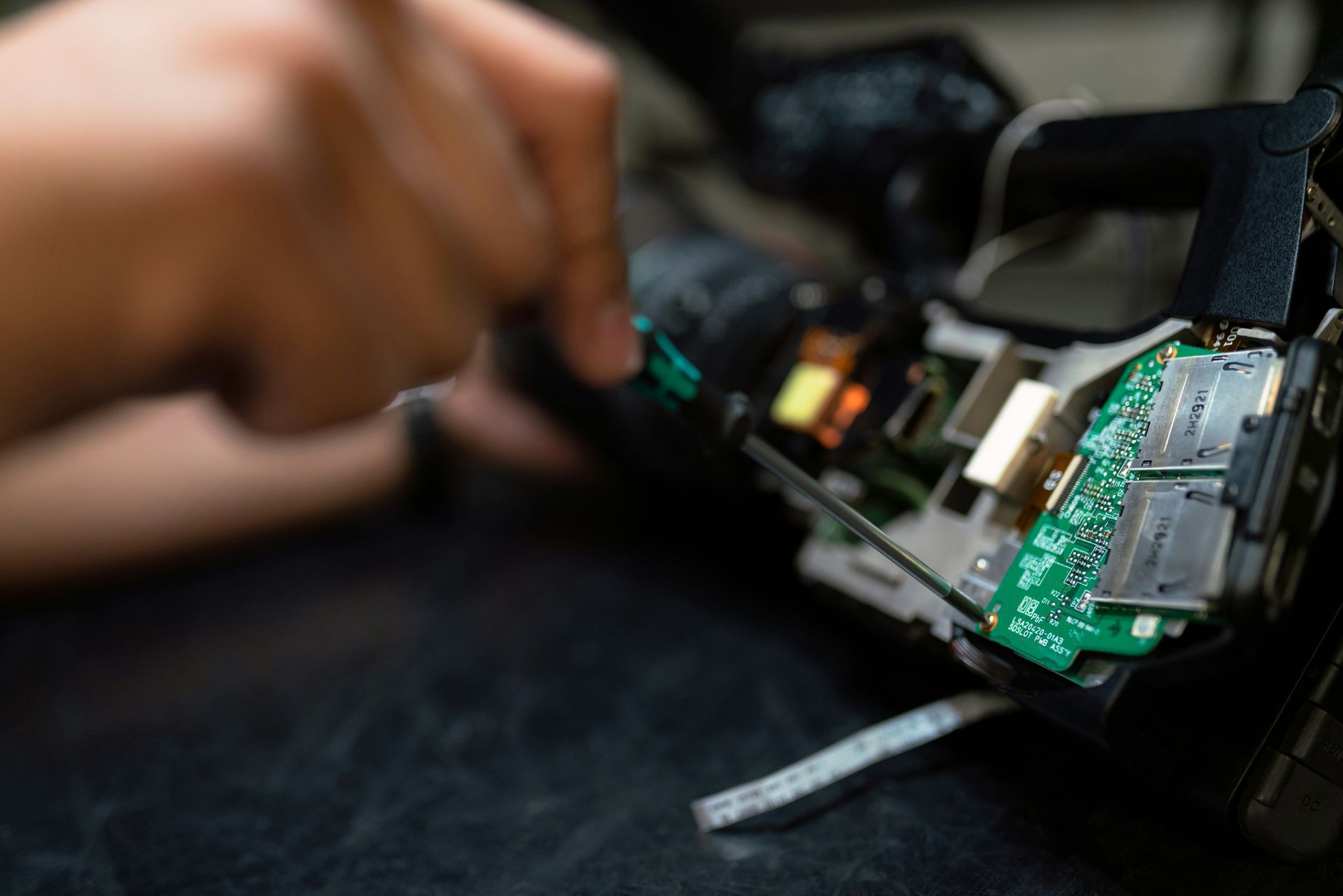
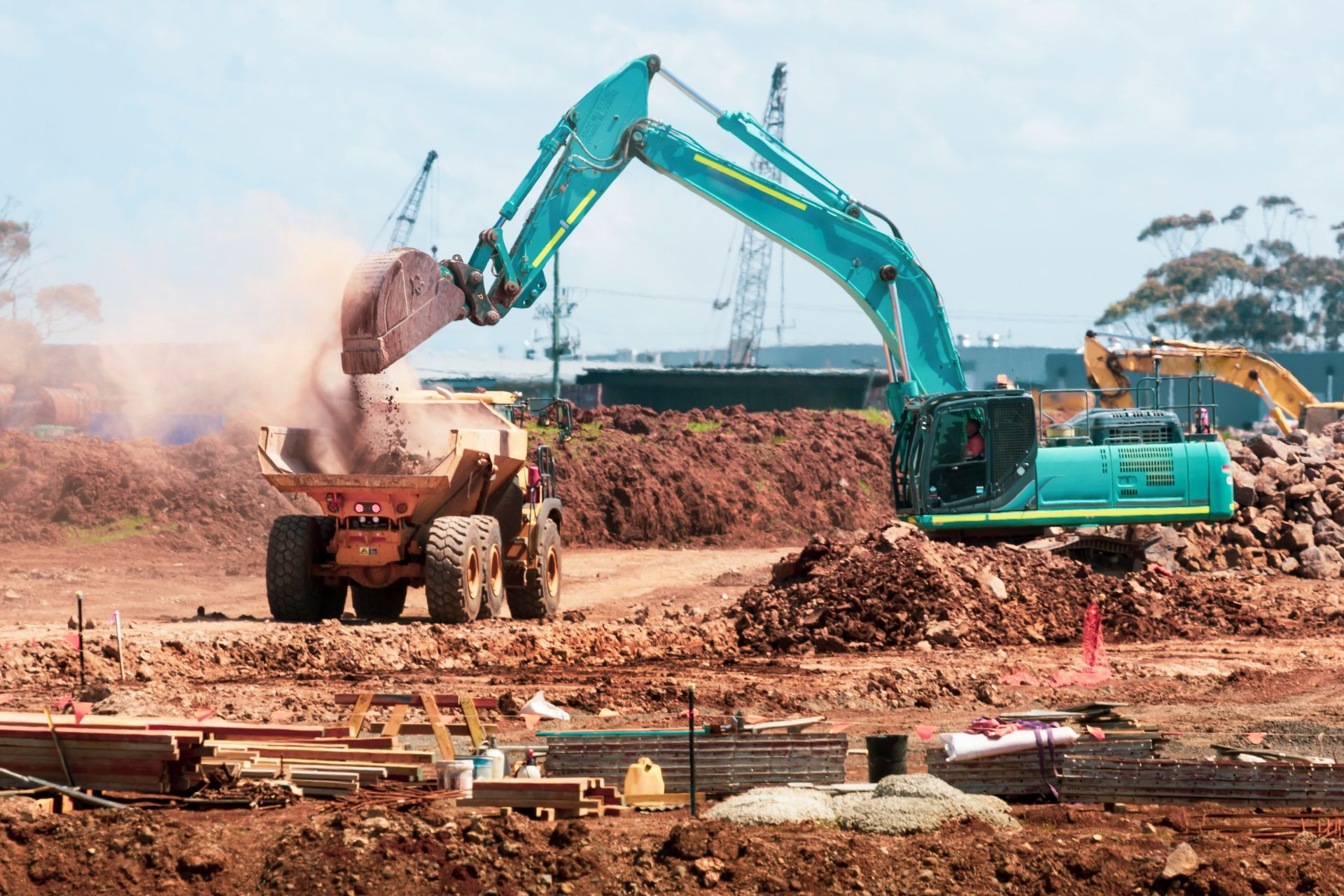
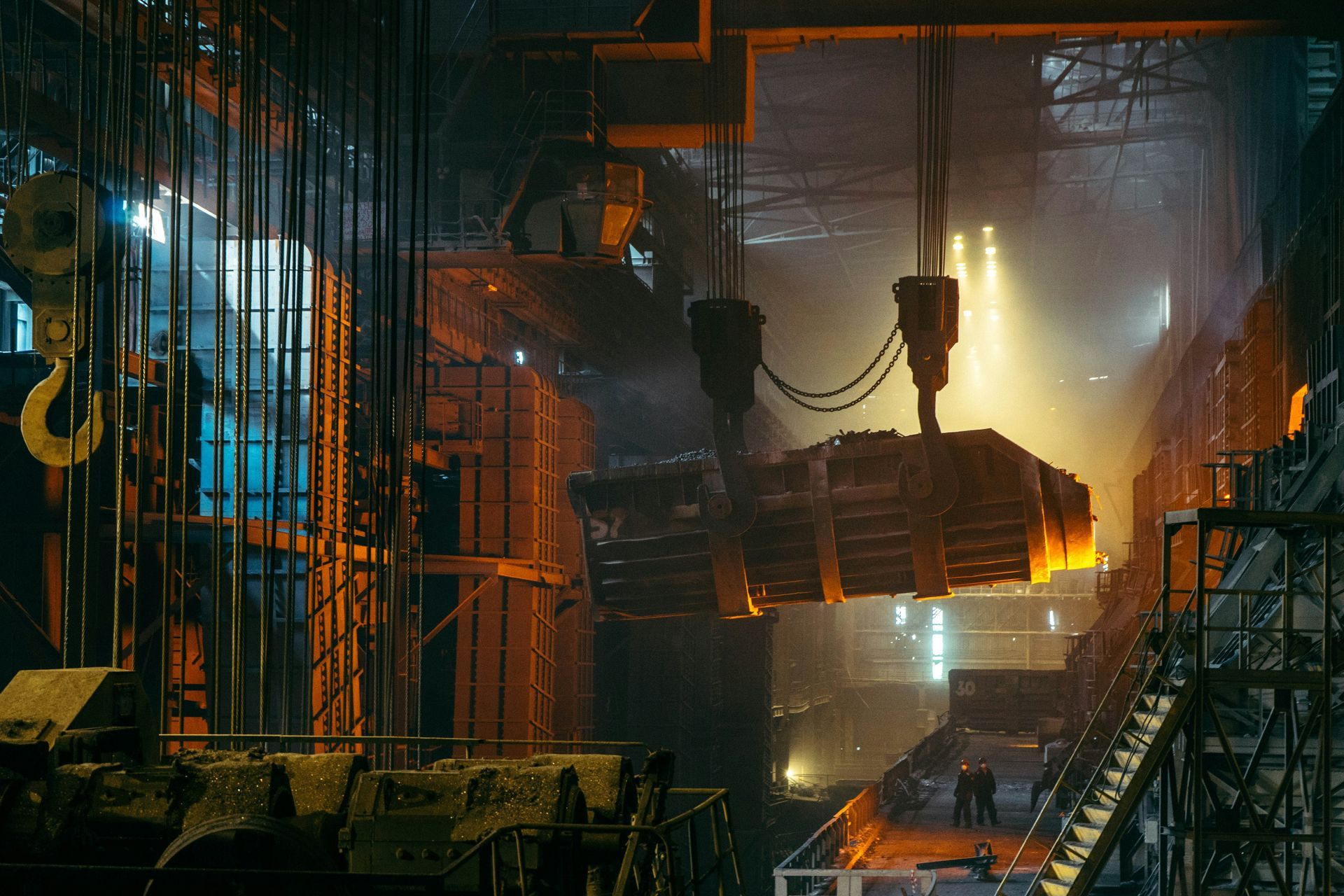
Share On: